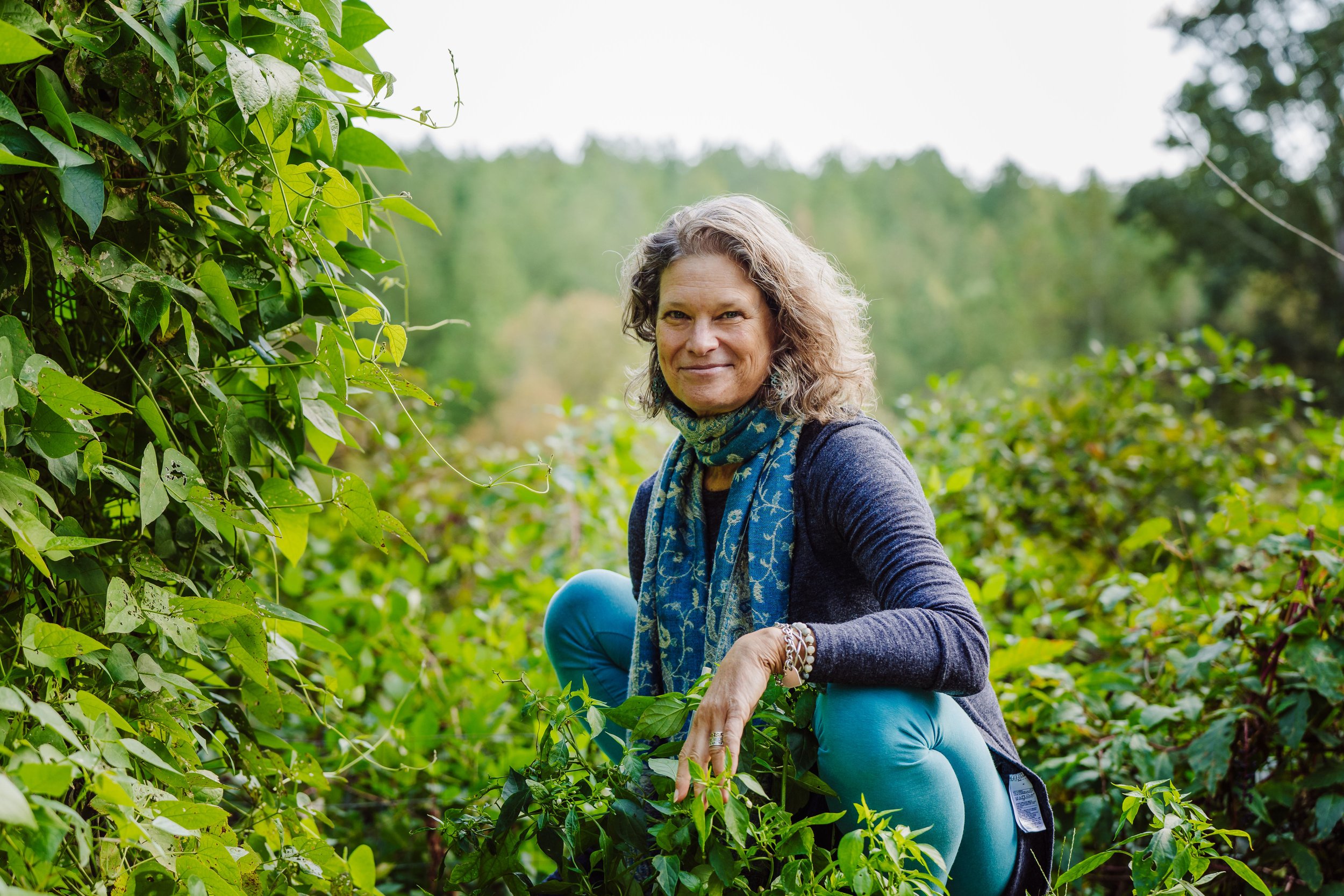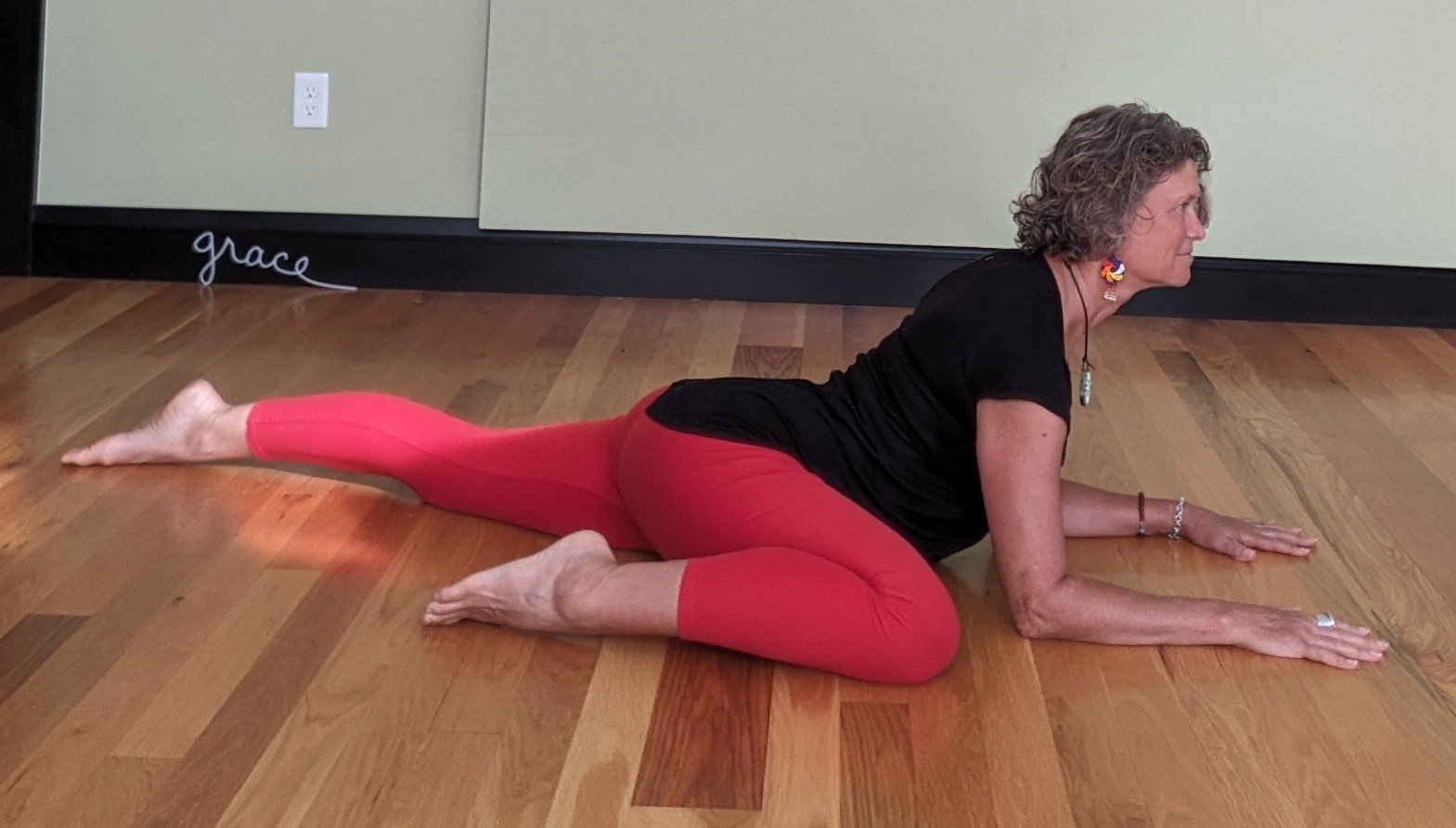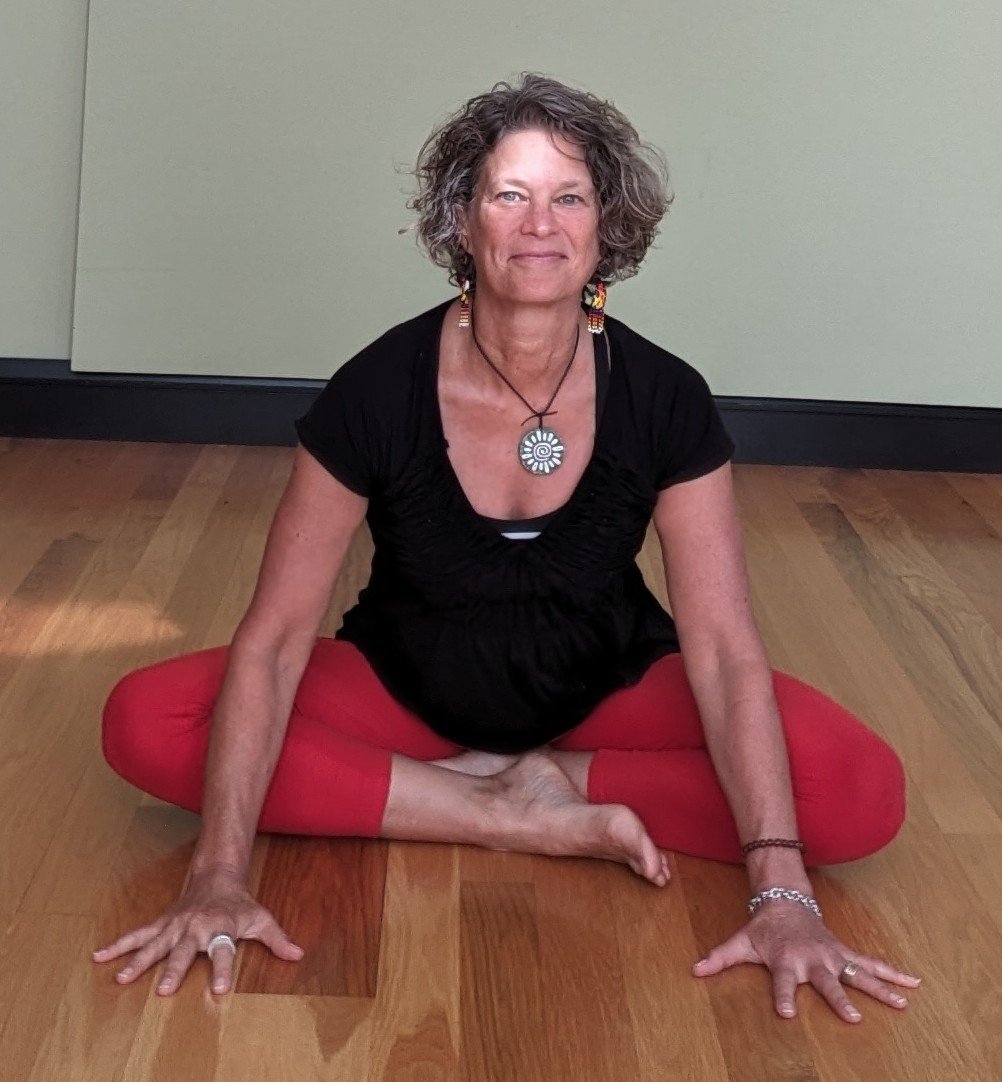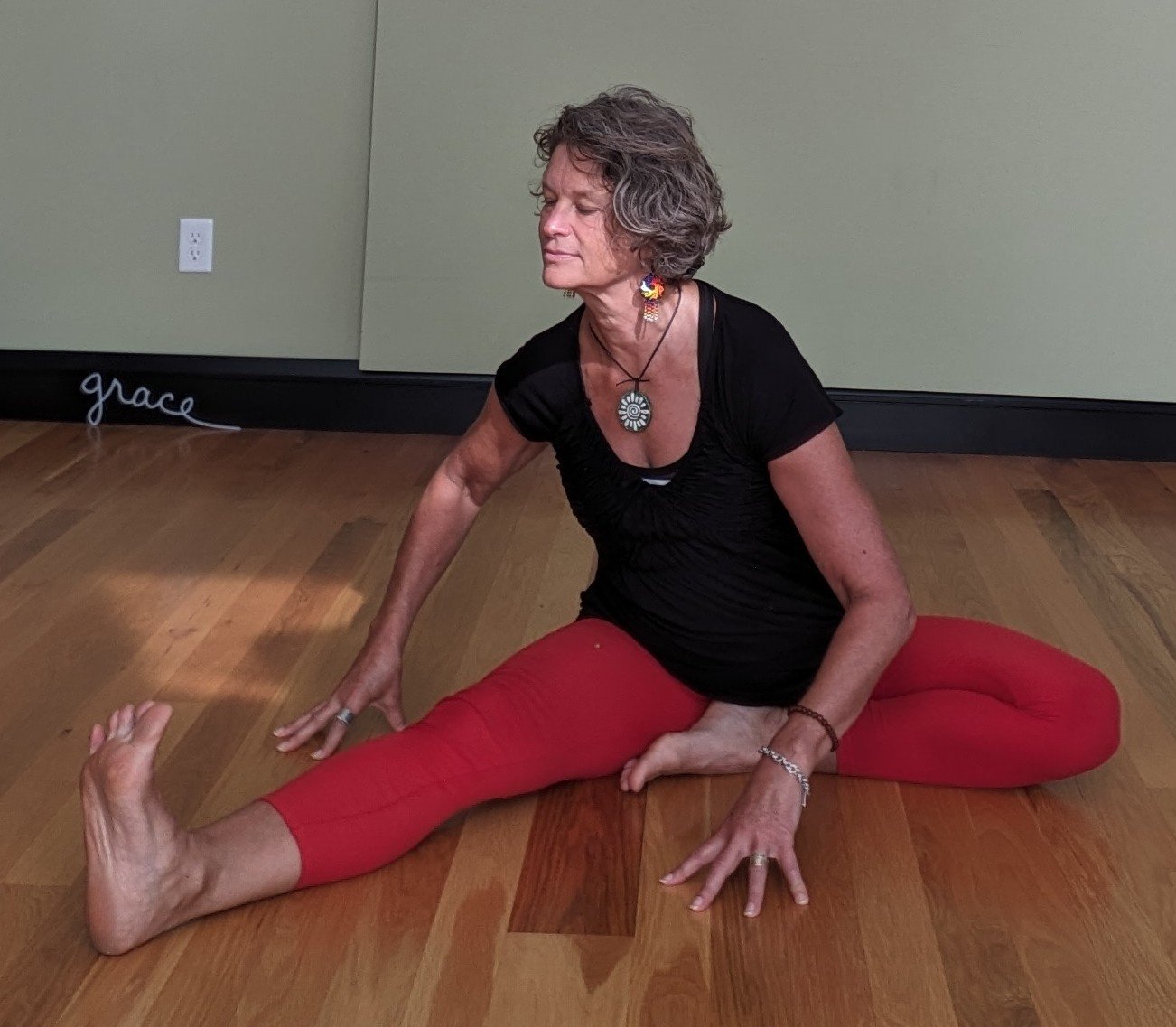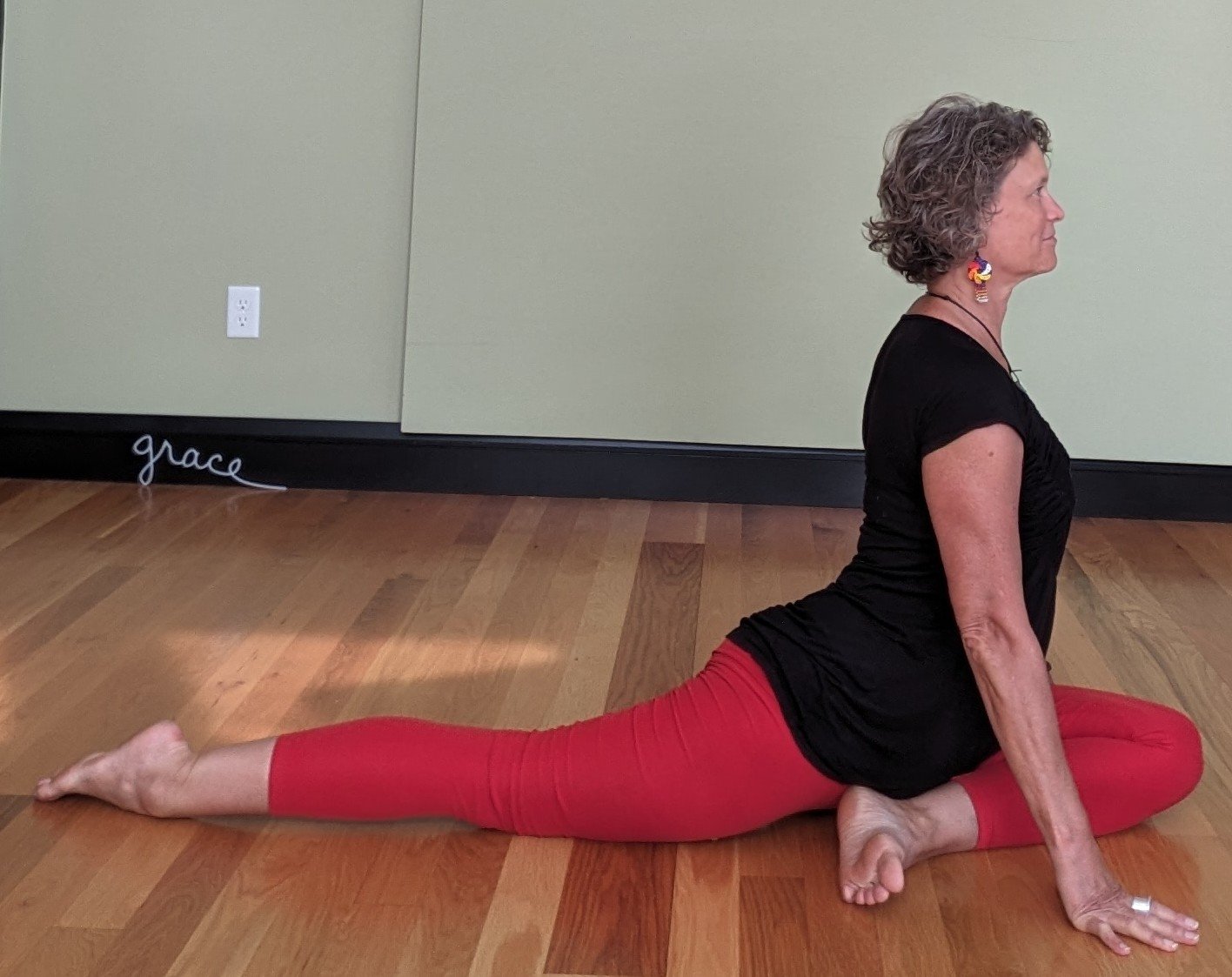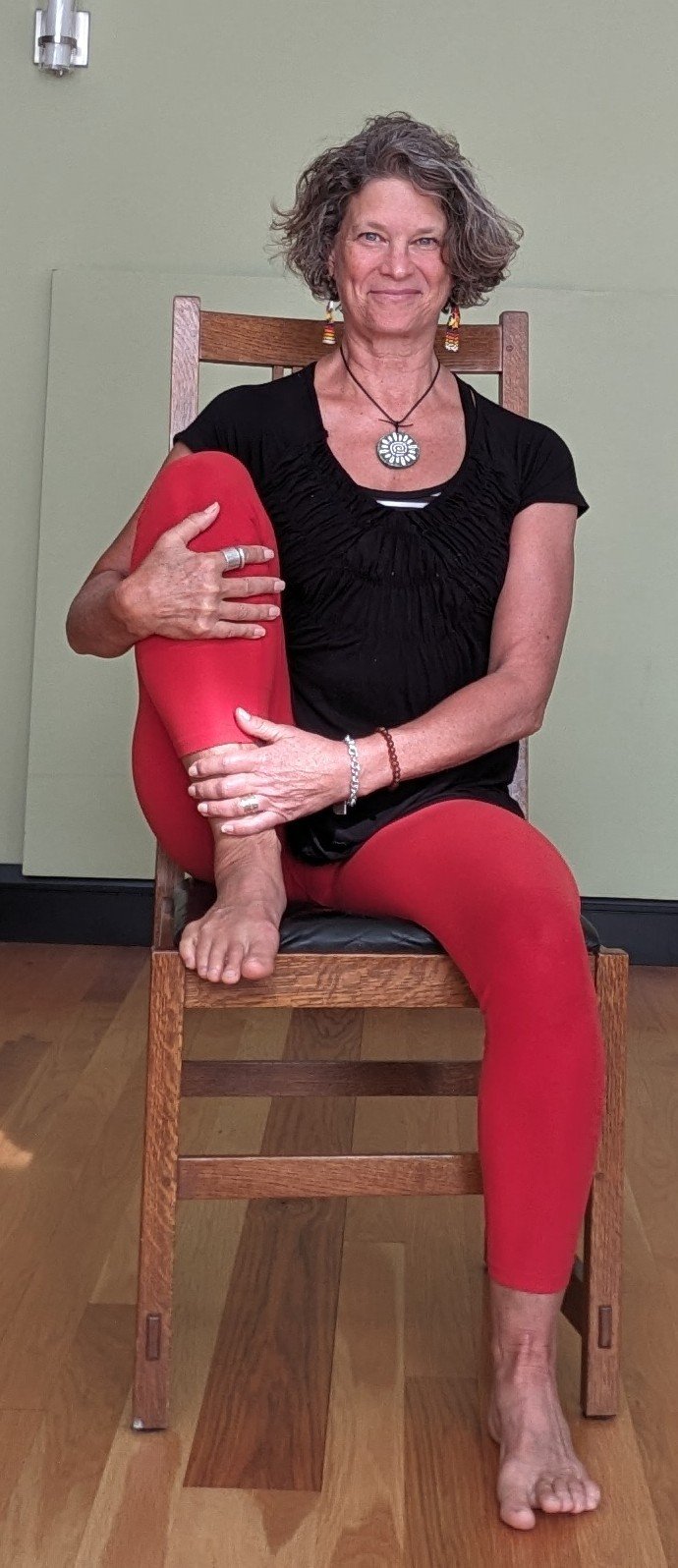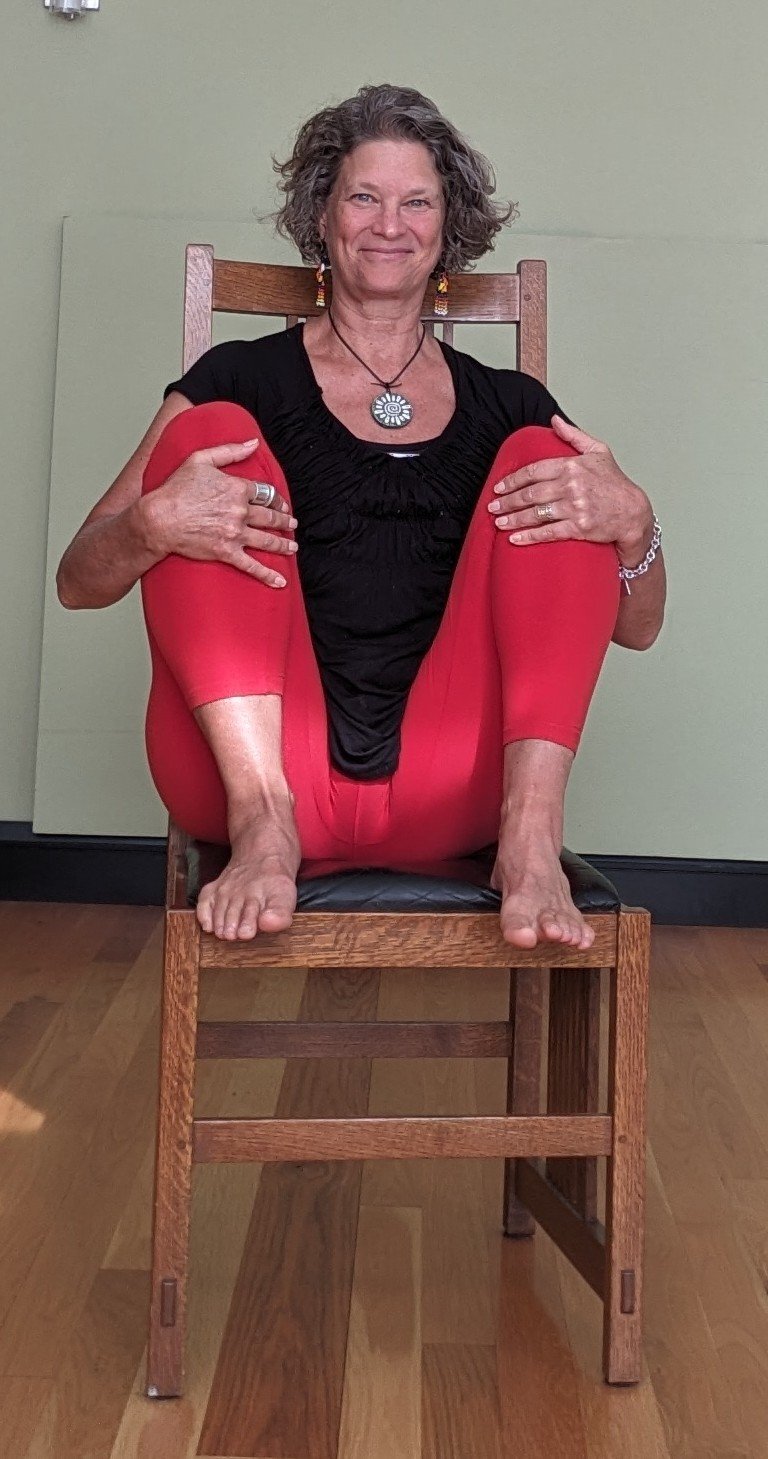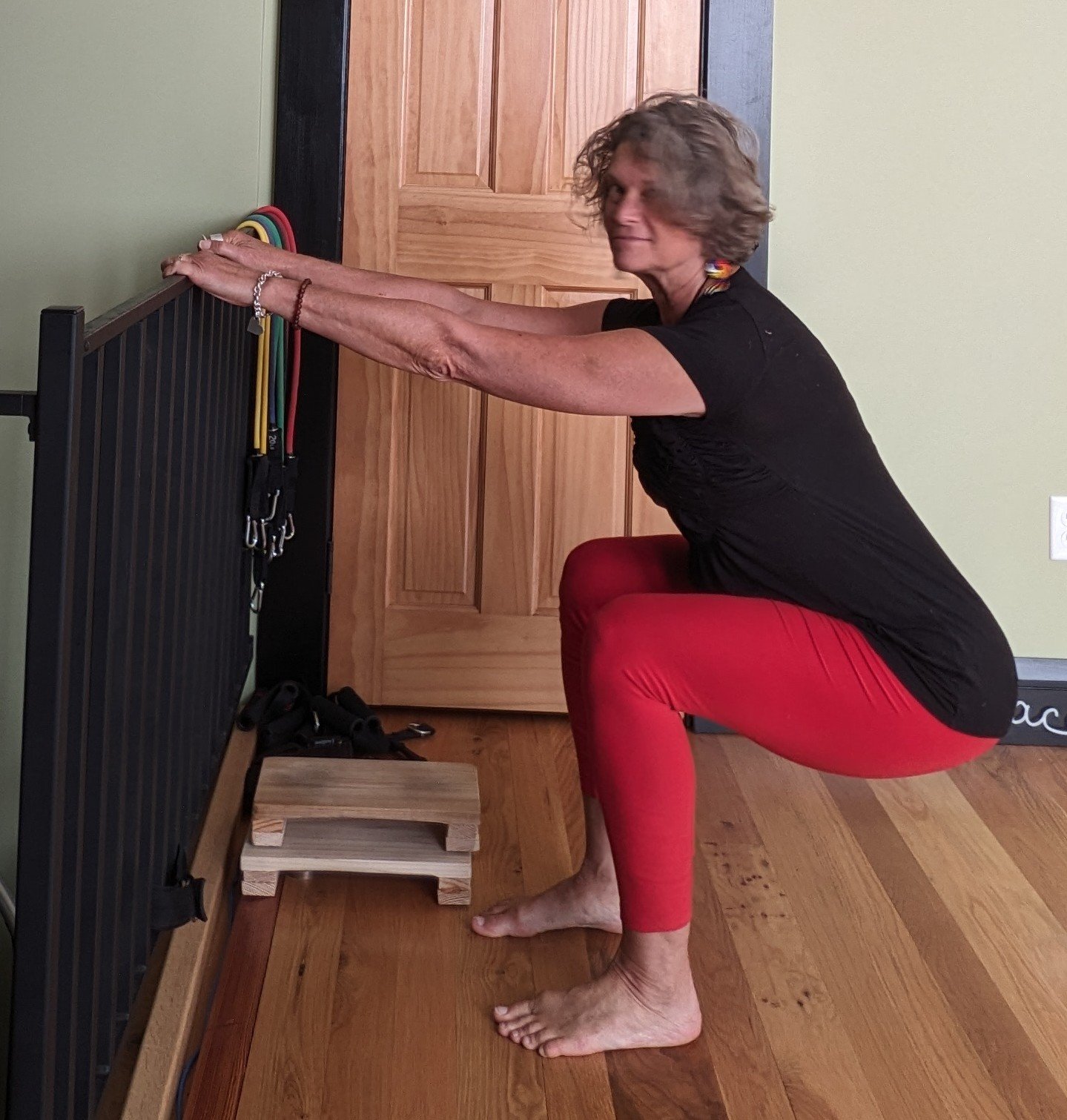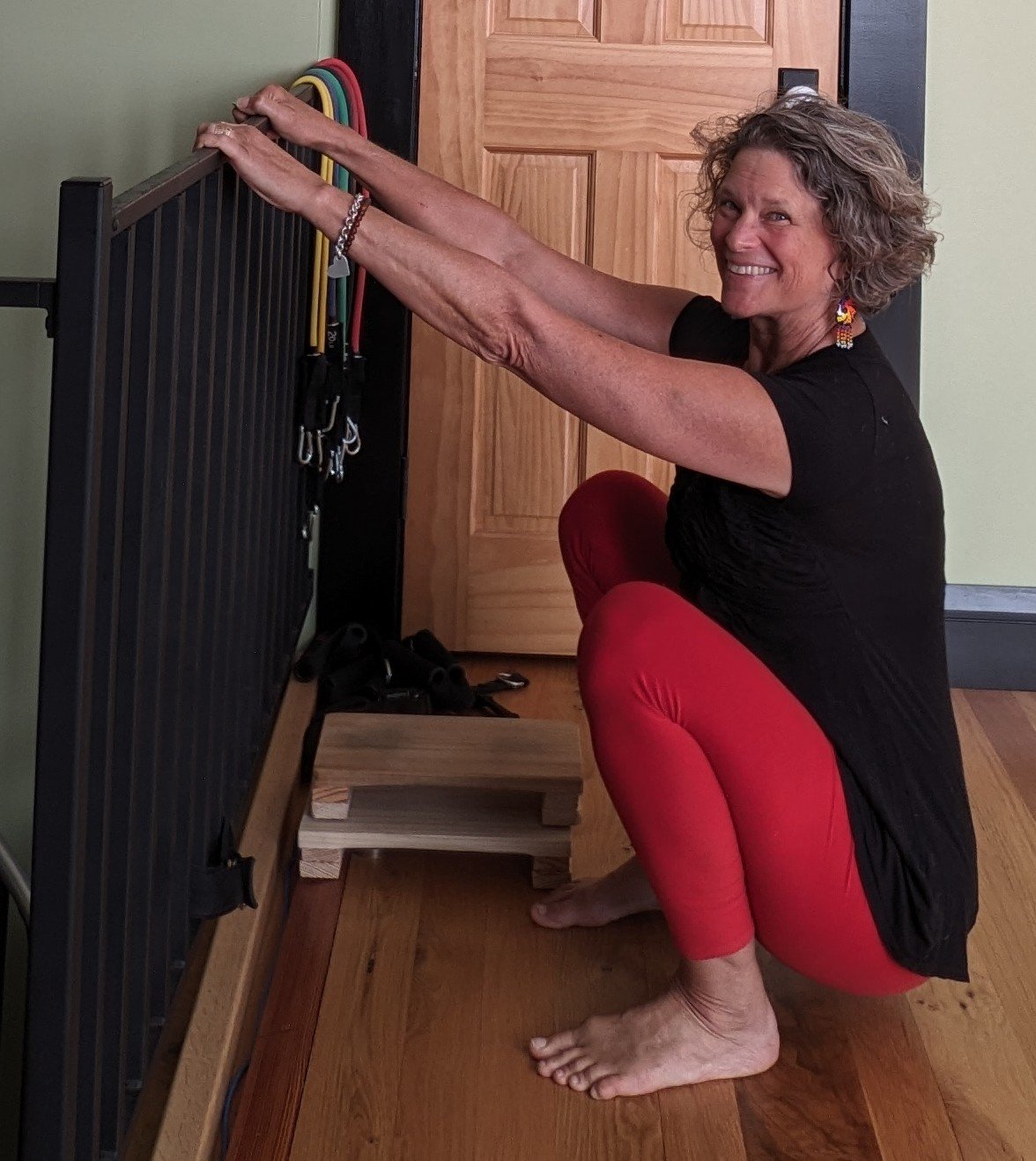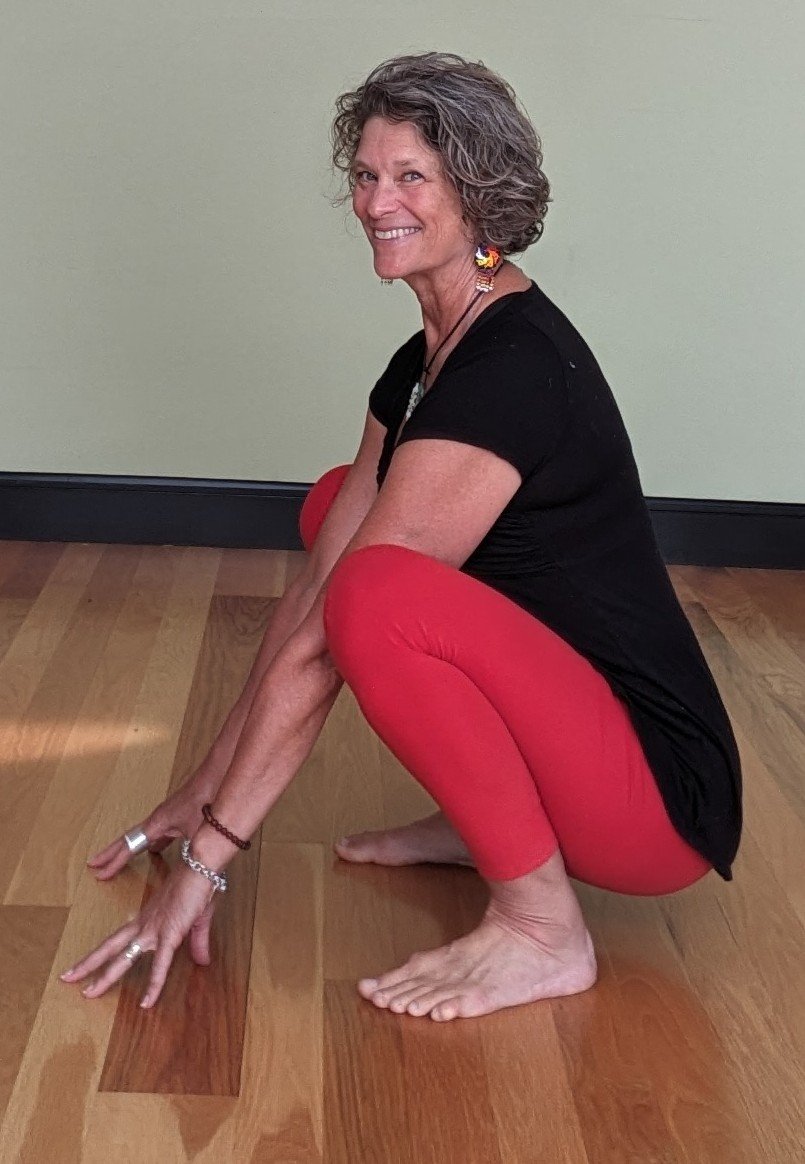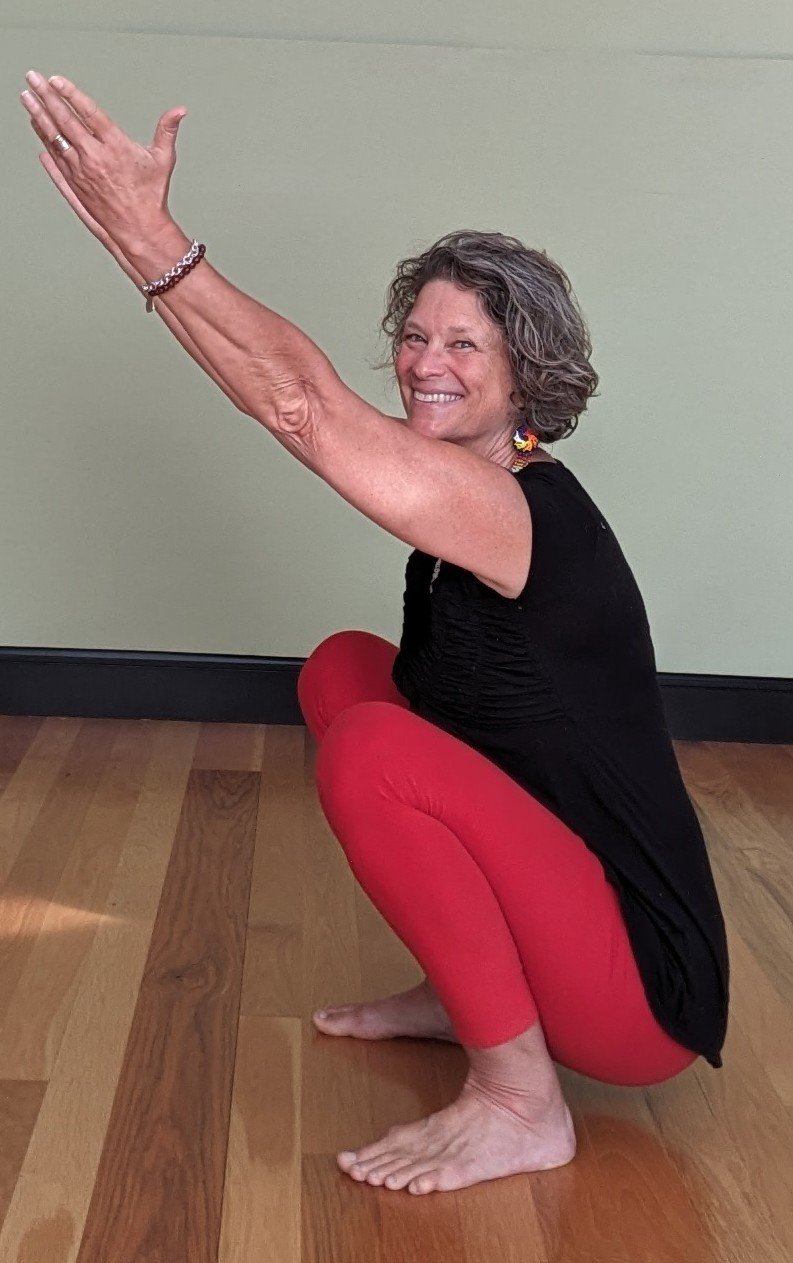This is Part 5* of the 7-Part Gentle Rewilding series!
We’ve been tamed, y’all. Modern life molds and changes our bodies, minds and spirits. Much of our modern domestication is just fine: I’m glad we use forks and don’t spit inside and don’t drink milk straight out of the carton (oh wait, I do that). But some of our taming is worth questioning and unwinding. This series is an exploration of ways of reconnecting to our human design with gentle rewilding.
* Find Part 1 – Gentle Rewilding & Feet here.
* Find Part 2 – Gentle Rewilding: Hands here.
* Find Part 3 – Gentle Rewilding: Spine here.
* Find Part 4 – Gentle Rewilding: Shoulders here.
“You’re going to think I’m crazy.”
A participant – often a new one – approaches me after class and says, “I don’t know what’s going on, but as I was moving, I felt like crying (or laughing or screaming). I have no idea why.”
I feel such tenderness when this happens. Although it’s totally normal and common, it can feel disorienting or even scary to feel a rush of emotion seemingly come out of nowhere. When I ask them what movement they were doing when the emotion came up, almost always they were moving or stretching their hips.
Yoga teachers sometimes call the hips “the emotional junk drawer” and there is plenty of science to back up this perhaps surprising idea. Whether or not you agree with the hip/emotion connection, there is no question that in our modern culture, our hips have been tamed. Sitting in chairs and cars, rarely getting on the floor and moving the hips in limited ranges and directions, tighten and weaken the complex collection of muscles, joints and connective tissues in the pelvic girdle.
Chronically tight, weak hips can have a variety of repercussions including low back pain, knee pain or instability, and difficulty walking, running or climbing stairs. Perhaps most importantly, lack of hip mobility can prevent you from getting up off the floor (or even a low car or chair) and can therefore be a precursor to lost independence.
Opening your hips doesn’t mean you have to do side splits or put your leg behind your head – those things aren’t likely to improve your everyday movement. Opening your hips is about exploring the possibilities in your body with the understanding of their design.
It’s a ball and socket! Not a hinge!
The hip joint is a ball and socket joint which means it is designed to move in all directions. Modern culture mostly has us moving our hips like a hinge: just front and back. The key to creating open, strong, flexible hips is to move them all around, to “stir” the femur bone in the hip socket.
It’s important to acknowledge that bones come in as many shapes and orientations as fingerprints. Some bodies have more range of motion in the hips (and everywhere) than others based on nothing more than the angles and shapes of their bones. This isn’t about getting these movements “right” and this isn’t about doing them like me. Listen to Your Today Body as you do them and know that some things we can change (soft tissue, for example) and some things we can’t (like the shapes of our bones).
So let’s get to gently rewilding your precious hips with 4 of my favorite hip mobilizers.
4 Moves for gently rewilding your hips
Crocodile
Lie on the floor or a bed on your belly and draw your right knee up to the side until you feel a comfortable stretch in your inner thigh. You can do this as a restorative pose: resting your left ear on your extended left arm or the floor; gently squeezing and releasing your right buttock, switching sides when it feels right. You can also do this as a dynamic movement: preferably on an uncarpeted floor, sliding alternate knees up to the side while resting on your forearms with your head up and the option of dragging your body along the floor to build strength in both upper and lower bodies.
Happy Baby Variations
In all Happy Baby variations, the key is to keep your low back connected to the floor which encourages length in your hamstrings at the back of your thighs. If you feel your low back rounding and your tailbone lifting, scale back your variation until your low back returns to the floor.
Half Happy Baby
On your back, keep one leg either long on the floor, or knee bent and foot flat on the floor. Bend the other leg so the sole of your foot is facing the ceiling and your knee is near your armpit. Grasp the back of your thigh, your shin or the outside of your foot with your hand and gently pull your knee closer to the floor 5 times and then breathe and hold the pull. Keep your low back and tailbone on the floor. Switch sides.
What IS a half-happy baby? An uncertain baby? A sentimental baby?
Happy Baby with Rocking Option
On your back, keeping your low back on the floor, bend both legs so both soles of your feet are toward the ceiling and both knees are near your armpits. Use your hands to pull your thighs, your shins or your feet down so your knees get closer to the floor (check out your tailbone and see if it’s rounding up!). Pulse this 5 times then breathe and hold. Option to gently rock side to side.
Happy Baby: imagine one’s delight to discover I HAVE TOES!
Long Leg Happy Baby
This variation is the same as the two-legged version above but play with extending one leg at a time or both legs while still holding thighs, shins or feet. Feel free to rock this one, too, keeping awareness at your low back to be sure it’s not rounding.
Around the world
Sitting on the floor, bring the sole of one foot toward the opposite inner thigh (this is your anchor leg). First, fold your other leg (your traveling leg) in front of your anchor leg (like criss-cross applesauce), lengthen your spine and fold forward, supporting yourself with your hands. Breathe and sit up.
Then extend the traveling leg out in front of you, lengthen your spine and hinge forward until you feel a warm stretch. Breathe.
Sit up and take your traveling leg out to the corner at about a 45-degree angle. Again, lengthen up and as if you wanted your belly button to touch the top of your thigh, hinge over your leg until you feel a gentle stretch. Breathe and sit up.
Take your traveling leg straight out to the side, turn and face it, lengthen and hinge over. (You could also do a side stretch here, keeping your chest to the front). Breathe and sit up.
Swing your traveling leg behind you, either bent with the inside of your leg and foot on the floor, or straight back with your toenails down. Using the strength of your hands and arms, gently push into the floor and lengthen the front of your body.
Of course, you can spend more or less time in any of the places around the world! When you feel complete on that side, gently swing both legs forward and shake them out, notice any differences in sensation. Switch sides.
You can also do Around the World in an armless chair, either with your anchor leg bent on the seat of the chair or foot flat on the floor.
Around the World, on a chair! Gotta be armless, y’all!
Squat Variations
The squat, in my experience, is the Big Mama of hip openers. It’s not a position that most western adults spend much time in so it’s challenging for many of us. No worries: there are lots of variations! Wherever you are in your squat, the key is keeping your back as long as you can (like the long spine in Happy Baby and Around the World) as you come in and out of the movements.
Foot on Chair
Sit with your spine long in a chair and alternate putting one foot up on the seat (or, if that’s not available, lift your foot and knee as high as you can, holding your leg with your hands). Once you’ve gone back and forth, play with both feet on the seat of the chair keeping your back long – the chair back is a help here.
Squat at a Rail
Using a railing or bar, lower your hips down and back. The rail can help you focus on your hips and not worrying about falling backward or getting back up!
Heels Up Squat
Starting in all 4s, tuck your toes under and use your arms to push you into a squat with both heels up, supported by your hands. Keep your spine long and gently play with letting one heel come down at a time, alternating sides. Which naturally leads to...
Heels Down Squat
Play with keeping your spine long and having both heels down, supported by your hands. Lift your heels whenever you need. When you feel good there, lift your arms up and out which requires more core engagement.
Squat and Move
In many cultures, the squat is (believe it or not) a resting posture: lots of people around the world squat to eat and chat (not to mention poop and have babies)! In addition to resting, squatting can be a dynamic position. Once you feel good in a full squat, play with shifting weight and moving from there! Get creative and curious.
Your hips can be powerhouses of strength and mobility. And if they’ve been tamed and constrained, they may be weak and tight AND they may be holding both physical and emotional tension. If emotions come up, you’re not crazy. You’re a beautiful human who is designed to move in all the ways. Gently rewild those amazing hips!


